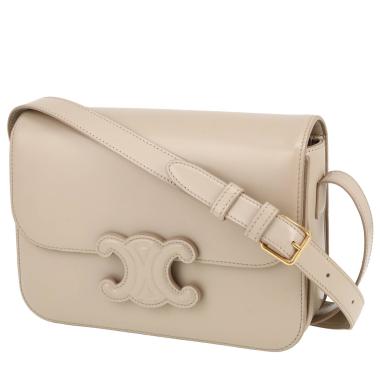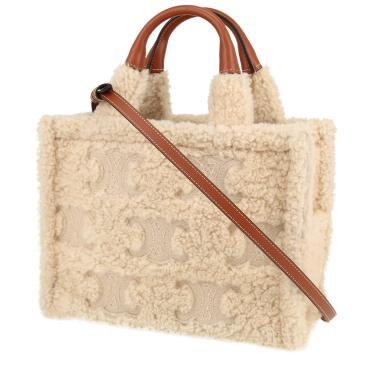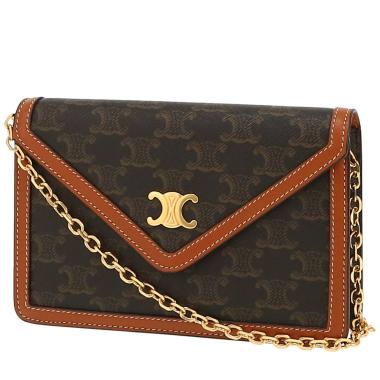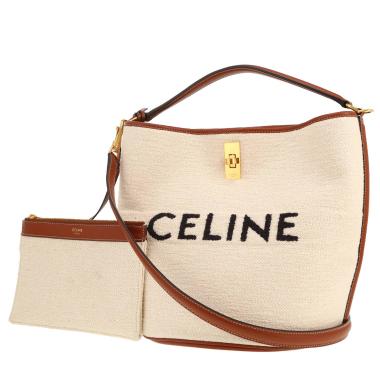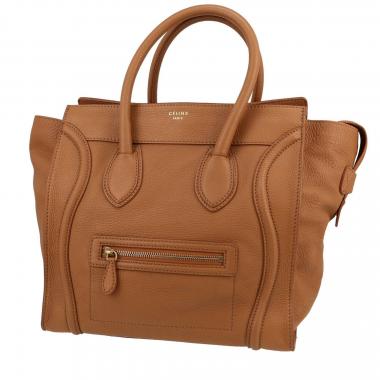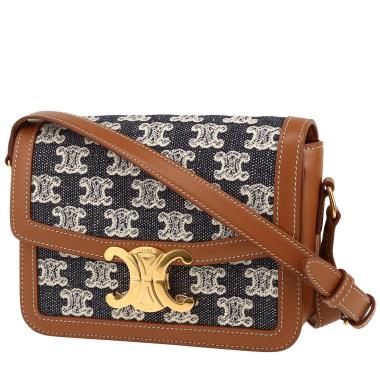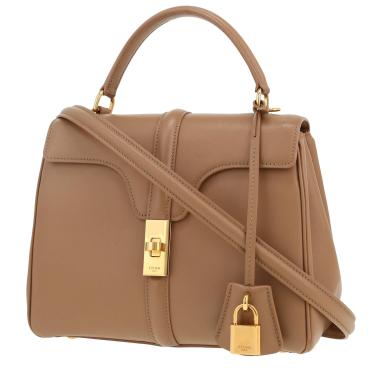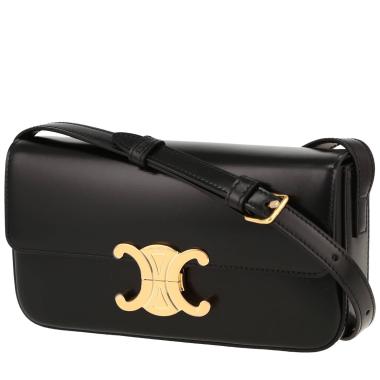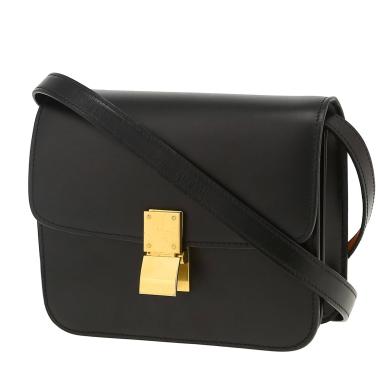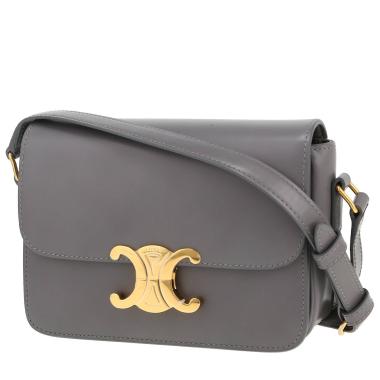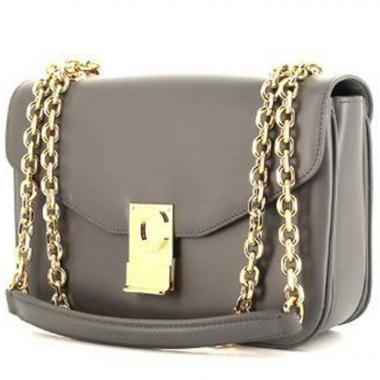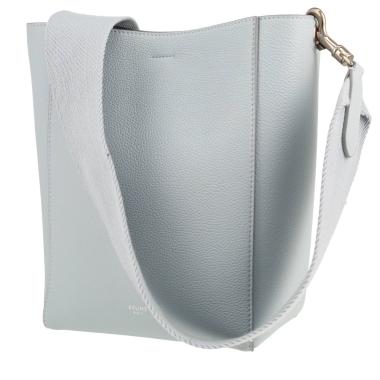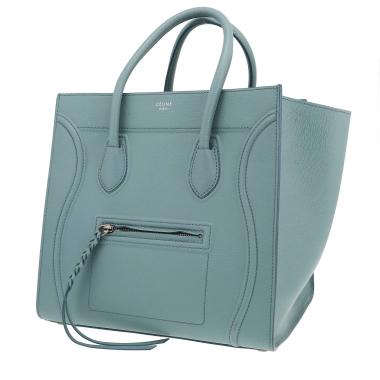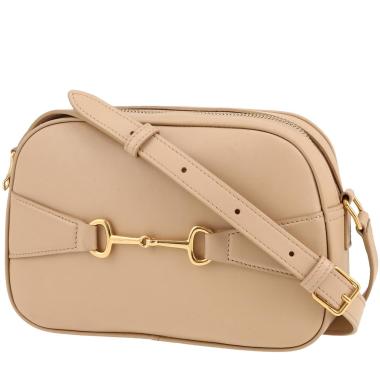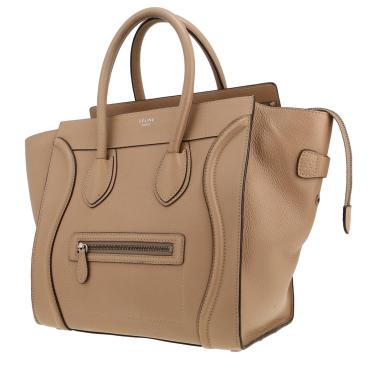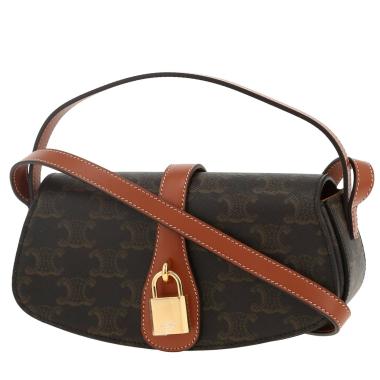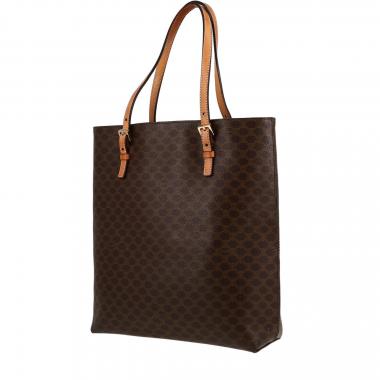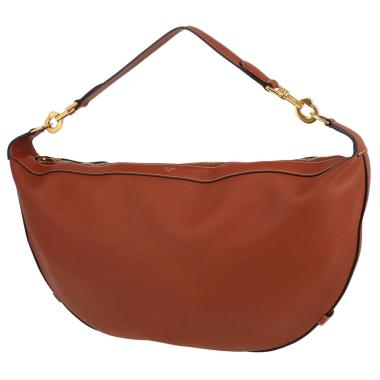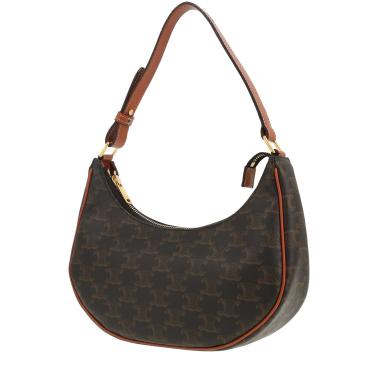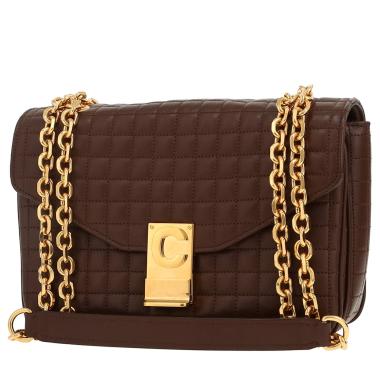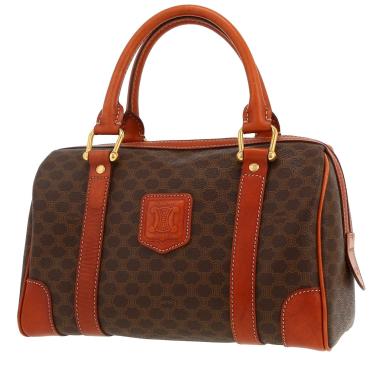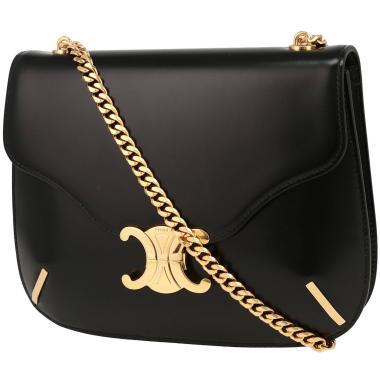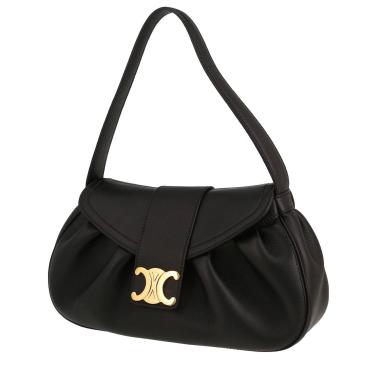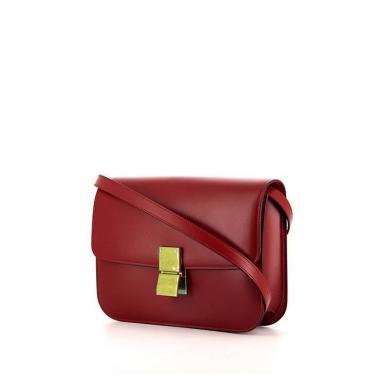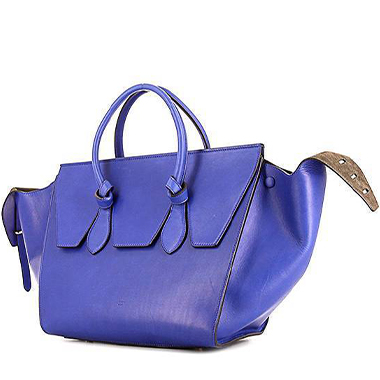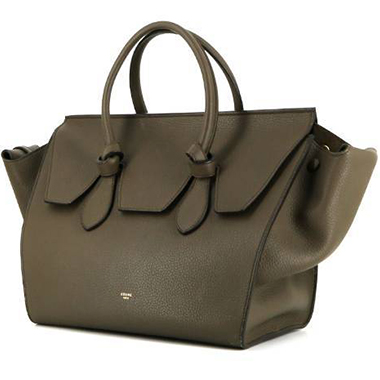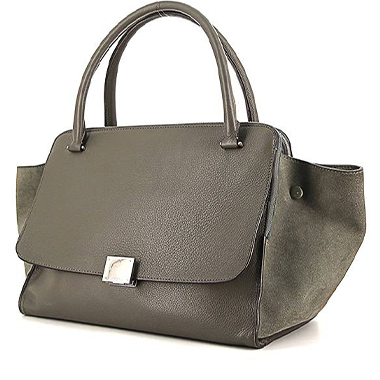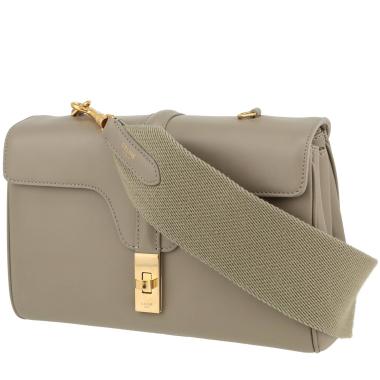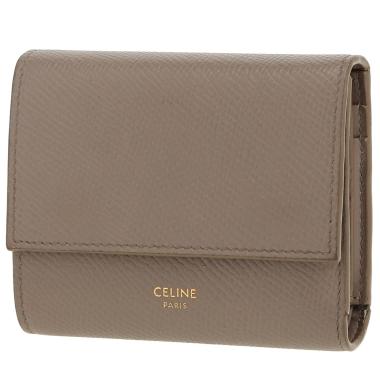The history of Celine bags
Céline Vipiana was born in 1920 and she and her husband decided to open a luxury, made-to-measure, children’s shoe shop in Paris i
Celine bags
Céline Vipiana was born in 1920 and she and her husband decided to open a luxury, made-to-measure, children’s shoe shop in Paris in 1945: ‘Céline, le bottier pour enfants’. The quality and comfort of their products made them an immediate success and convinced them to start selling other leather goods from 1947.
However, it wasn’t really until 1967, with the launch of collections of ready-to-wear clothing and leather accessories, that the Céline style became clearly defined and was a hit, due its combination of classic elegance and sportswear.
Céline had multiple best-sellers during the sixties, including the Inca moccasin, Chantilly bracelet, Byblos moccasin and the Arc de Triomphe charm bracelet. It launched its first perfume, ‘Vent Fou’ in 1964.
In 1973, the brand adopted its definitive two Cs logo, inspired by the chains around the Arc de Triomphe and replacing the sulky that had previously been used.
Armed with this success, the Céline brand succeeded in becoming an international luxury brand in the seventies, opening more shops in the four corners of the world, including Switzerland, Italy, Japan, Canada and the USA. When Bernard Arnault bought the company in 1987, it owned 87 outlets. Madame Nan Legeai – Dior’s director for Asia for ten years – was put in charge of rejuvenating the brand and strengthening its positioning on the luxury goods market.
In the same year, and having devoted herself to the Céline style since 1967, Céline Vipiana, handed over to the talented Peggy Huyn Kinh who took the brand forward with a first collection that showed a modern return to the roots of Céline style.
The brand was bought by the LVMH group in 1996 and Peggy Huyn Kinh left.
Michaels Kors then became the new creative director of Céline ready-to-wear before being appointed as creative director for the entire brand in 1999. He favoured a casual, feminine take on luxury.
Roberto Minechetti succeeded him in 2004, bringing an unfussy style where the movement of the garment is integral to creating a sensuous form.
In 2006, Ivana Omazic took over with the aim of putting the original essence of Céline back on the fashion map. She achieved this by working with Céline Vipiana and searching the company’s archives for inspiration. The resulting collections were subtle, stylish and feminine and were a real hit with the press.
Phœbe Philo became Céline’s creative director in 2008 with her take on symmetry that wowed lovers of the brand.
